
America’s Appaloosa horse is a symbol of strength, culture, and survival. Its spotted pattern even landed it roles in classic Westerns like “The Appaloosa” (1966), turning it into a Hollywood favorite. But there’s much more to this breed than meets the eye. These fascinating facts reveal why the Appaloosa continues to stand out across generations.
White Sclera Around The Eyes
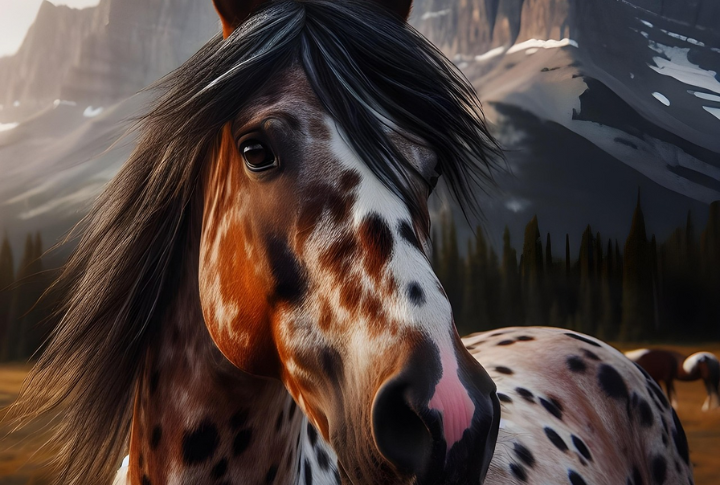
The white sclera, visible around the eyes much like in humans, is a rare trait among horse types. Seen in the Appaloosa, it makes facial expressions appear more vivid and expressive. The distinct eye feature adds to their alert and intelligent look, giving them an unforgettable appearance.
Named After The Palouse River

The breed’s name originates from the Palouse River region in the Northwestern United States, where the Nez Perce tribe bred these horses. This geographic tie roots the Appaloosa in American history. It also reflects the tribe’s skilled horsemanship and selective breeding practices, which date back centuries.
Mottled Skin Is A Unique Marker
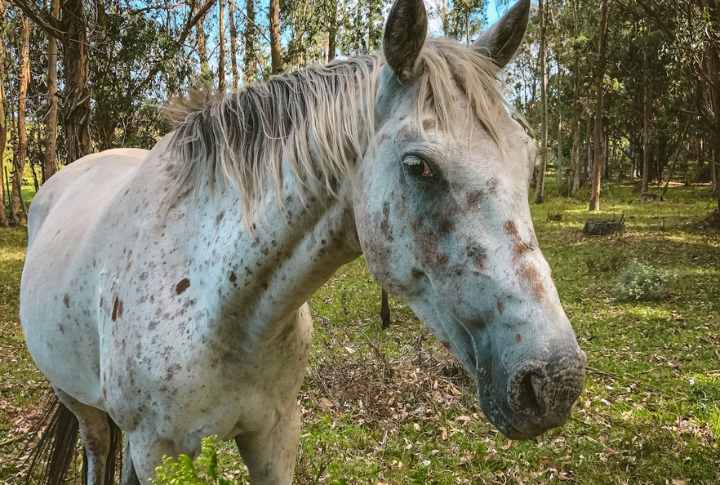
Appaloosas often have mottled or speckled skin around eyes, lips, and muzzle—a distinctive trait uncommon in most horse variations. This unique skin pattern enhances the breed’s overall appearance by mirroring the spotted coat. It also aids identification when coat markings fade due to shedding or seasonal changes.
Seven Recognized Coat Patterns
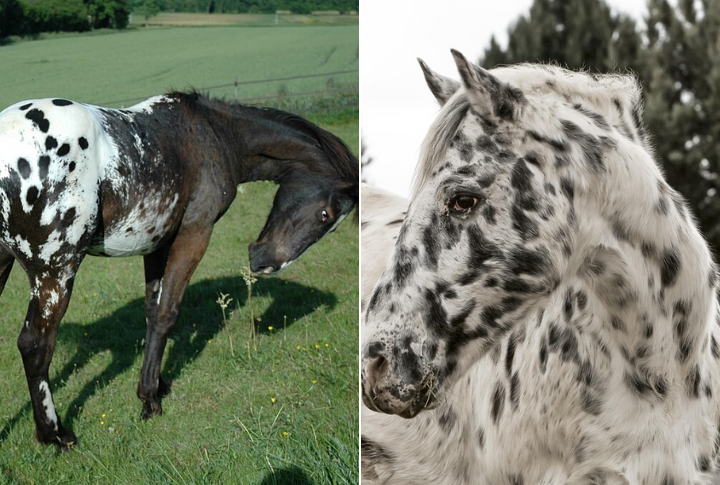
Appaloosas come in six officially recognized coat patterns, such as leopard, blanket, snowflake, marble, frost, and varnish roan. Each pattern varies significantly between individuals. Some horses display bold, large spots, while others have subtle speckles. Such remarkable diversity in appearance keeps the equine visually unique and exciting for enthusiasts.
A Comeback Rooted In Survival
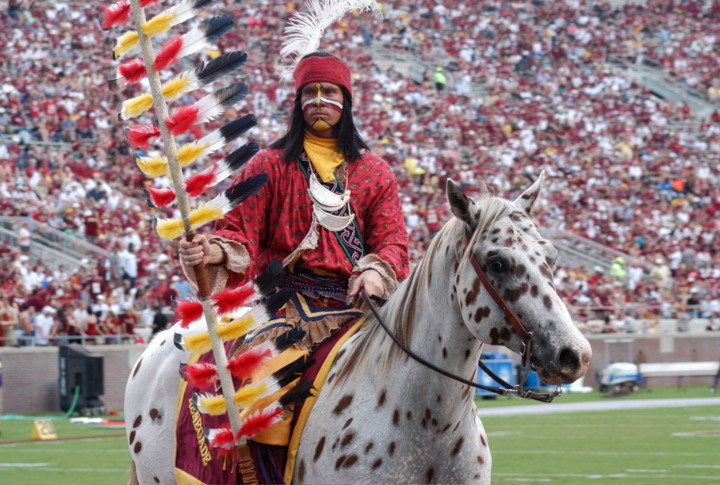
Nearly wiped out in the 1800s as part of efforts to suppress the Nez Perce, the Appaloosa nearly vanished. Its revival began in 1938 with the Appaloosa Horse Club, which restored the breed’s numbers and preserved its rich cultural and historical significance.
Versatility In Riding Disciplines
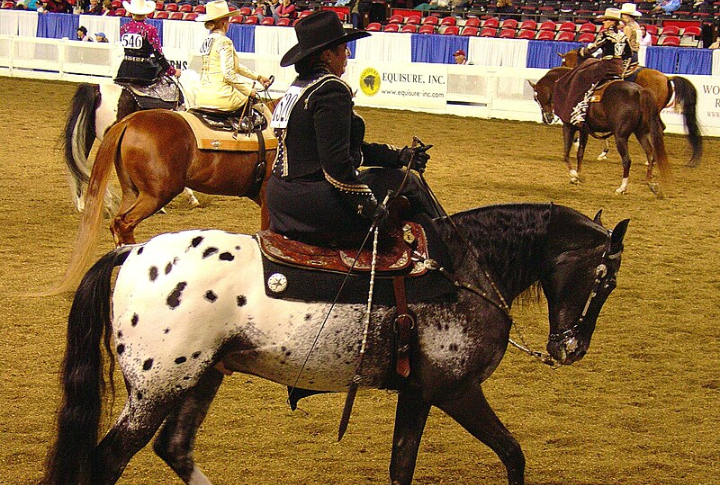
These horses succeed in various riding disciplines, like rodeo, endurance racing, and trail riding. Their unique blend of strength and agility, combined with a calm temperament, makes them dependable. As a result, they are ideal for competitive events and leisure riding.
Striped Hooves Stand Out

A closer look reveals vertical stripes on the hooves—a distinctive trait of the Appaloosa. These markings aren’t just decorative; they’re a reflection of the horse’s unique genetics. Even when the spotted coat is faint or seasonally obscured, the striped hooves help identify the Appaloosa with ease.
Medium Size Makes Them Accessible
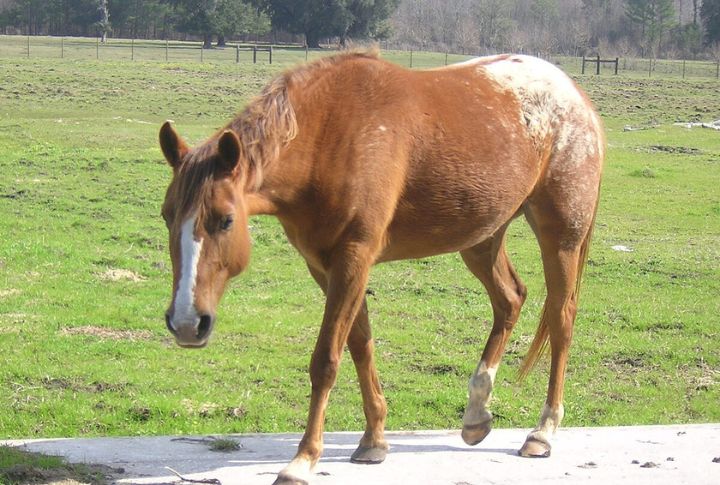
Standing between 14 and 16 hands tall, these horses suit riders of all ages. Their medium build balances strength and control, which makes them both comfortable to ride and simple to manage. These blends of traits enhance its versatility and promote ease in daily care and various riding disciplines.
Spotted Coat Comes From The LP Gene

Do you ever wonder where those striking spots on Appaloosas come from? The answer lies in a unique genetic trait known as the leopard complex gene (LP). The gene influences more than just coat patterns; it also affects mottled skin and eye color, which gives Appaloosas their unmistakable appearance.
Genetic Eye Conditions Affect Some
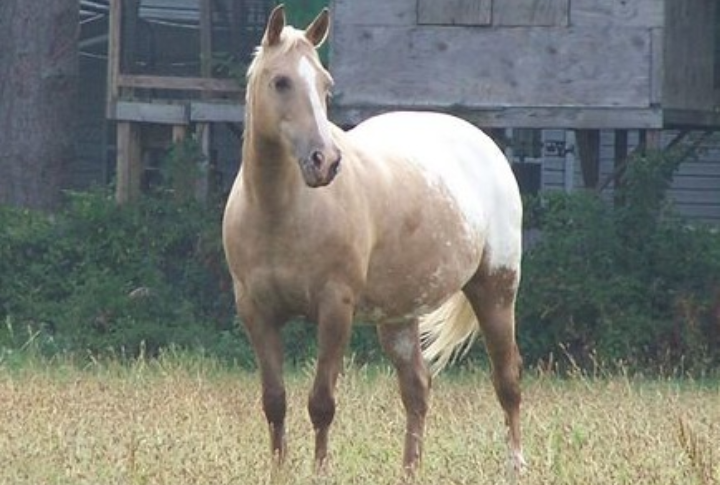
Some Appaloosas are born with night blindness, a genetic condition that limits vision in low light. Knowing about it helps owners adjust routines, offer safer lighting, and avoid unexpected hazards that could startle or injure the horse in dim surroundings.

